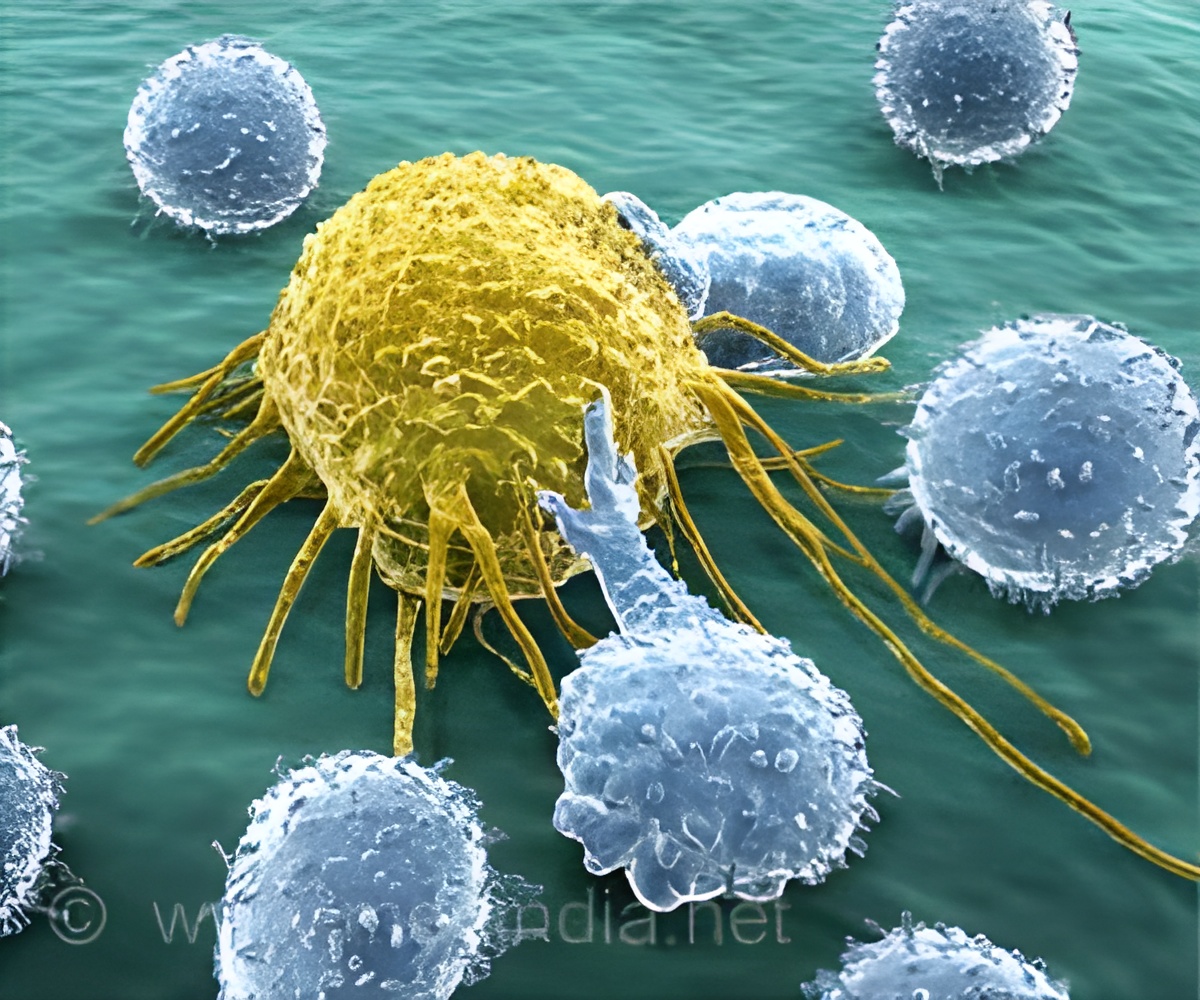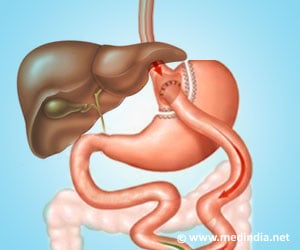A collective of research that have used novel proteomics methods to address unanswered questions in cancer.

It is well established that tumors, even those of the same type, have different genetics and forms. This variation not only exists between tumors from different patients but also across parts of the very same tumor. It remains largely unknown to what extent the proteins in any given tumor varies. In a study described in MCP, Martin Beck and a group of researchers at the European Molecular Biology Laboratory attempt to find out.
"We were interested to find out if the proteins contained within individual cells of the tumor are the same or different," Beck said. The researchers used laser-capture microdissection to profile protein expression in different parts of sample biopsies from patients with hepatocellular carcinoma , the most common type of liver cancer.
They first quantified differences of protein expression between the tumor tissue and the normal tissue immediately adjacent to it, finding some well-known HCC markers and a few novel candidate biomarkers. Then the researchers dissected regions within the tumor mass. They found significant variations in expression of multiple proteins between areas from the center and the periphery of the tumor.
"We could show that, even between seemingly identical cells with the same morphology and the same genome, there are surprisingly pronounced differences on the level of the proteins," Beck said.
He continued: "Even proteins that have been proposed as such biomarkers are not evenly distributed across the tumor." This finding is of immediate clinical importance. Only a small fraction of a tumor can be obtained in a diagnostic or pretreatment biopsy, and thus the region of withdrawal could have a direct impact on the acquired expression profile.
Advertisement
Beck said the method developed in this study not only allows for studying heterogeneity within a particular tumor but also can improve cancer proteomics research in general. For example, he said, it may be useful for designing future biomarker discovery studies.
Advertisement
Fibroblast growth factor receptors, called FGFRs for short, activate many cell-growth pathways and are overactive in several types of sarcoma. Although FGFR inhibitors seem like a promising possible drug class, they have failed in clinical trials. They sometimes, puzzlingly, cannot stop the growth of cancers that have especially high FGFR activity. A recent study in MCP has revealed a new regulator of at least one FGFR, and that finding may help explain why treatment frequently fails. Researchers in Norway found a new FGFR1 regulator, the protein tyrosine phosphatase receptor PTPRG. When PTPRG is absent, osteosarcoma cells more effectively resist treatment with an FGFR1 inhibitor. The authors suggest that the effectiveness of many FGFR inhibitors may depend on whether PTPRG is present. If they are correct, clinicians may be better able to predict whether an individual patient would benefit from the drugs.
Understanding chemotherapeutic synergy through proteomics
Combining drugs is a preferred way to treat cancer patients, because drug combinations can offer additive or synergistic effects and delay the development of drug resistance. A new study in in MCP by scientists in New York revealed synergy between the chemotherapeutic agents paclitaxel and birinapant in treating pancreatic cancer cells. The researchers found that the combination therapy altered 289 proteins that were not changed by either drug alone, and suppressed the Warburg effect in cancer cells. The researchers note that the mass spectrometry method they used is highly reproducible and may be useful for understanding variability between patients in response to combination chemotherapy regimens.
Source-Eurekalert














